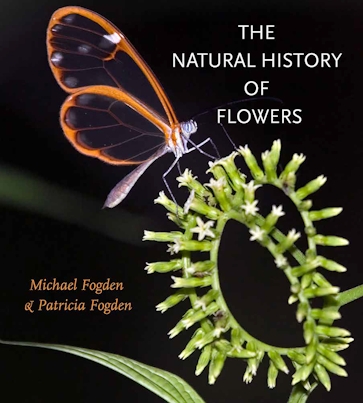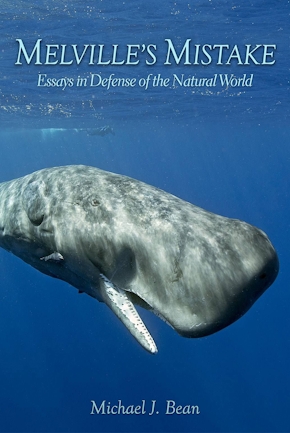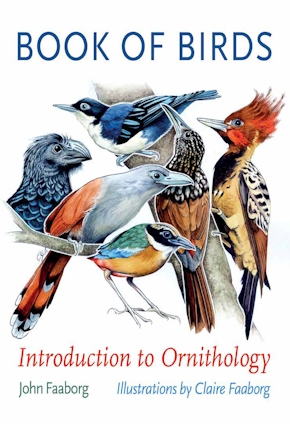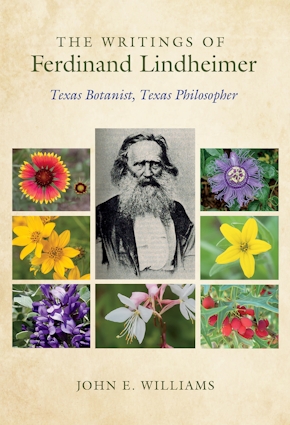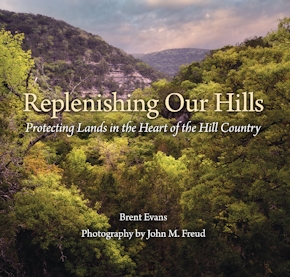The Natural History of Flowers
978-1-62349-644-9 Cloth
9 x 10 x 0 in
232 pp. 237 color photos. Glossary. Bi
Pub Date: 09/05/2018
Available
In nature, flowers play an essential role in improving a plant’s chances of survival. Some flowers are pollinated by wind or water but most are designed to attract and reward pollinators, such as bees, butterflies, birds, and bats, to carry their pollen from flower to flower. After being pollinated, flowers produce fruits and again take advantage of wind, water, and animals to disperse their seeds, ensuring a new generation of their species.
Pollination and seed dispersal are fine-tuned systems, and their importance in sustaining a healthy environment cannot be overstated. And, as ongoing climate and other environmental changes apply new pressures, flowers must continue to adapt in order to survive.
In this beautifully illustrated book with over 200 stunning photographs, Michael Fogden and Patricia Fogden draw from existing research and their extensive field experiences all over the world to present a detailed but accessible introduction to the natural history of flowers. They discuss a representative sample of flowering and fruiting strategies, illustrating interactions between plants and their pollinators and dispersers, and conclude with descriptions of their favorite tropical flowers.
Gideon Lincecum Nature and Environment Series
About the Author
Reviews
Additional Content
Published by Texas A&M University Press
